Children are always active that if you can’t find something for them it seems like they’ll bring the whole building down. They are always up to something with all the energy they have, the only time you’ll actually see them being stolen is when they are sleeping. Apart from that, it will be really difficult to keep them under control, they constantly act like they have drunk all the energy drinks in the world. If you can’t find something creative to keep them busy then you’ll feel like leaving the house for them to have it all to their selves and only come back when they are resting.
If not for outdoor activities, children may up most of their time invested in their phone. From playing hopscotch outside, their priority to be to download the latest gaming app, buying an attractive phone holder, messaging their friends instead of physically meeting them, etc. Although this is what is convenient in our world today, children need to truly know what it is to enjoy the simple pleasures of life such as nature, water, mud, little smiles and laughs and a lot more.
That could be an option but you always have to keep an eye on them to see what they are doing, to keep them from going wild and crazy here are some creative activities for your children.
Make them colour several shapes
Children love colouring and this can keep them active for a long time, all you need are papers, a marker, a pencil and several colours. The children can draw several shapes on a piece of paper and then colour it in different colours. Children love colouring and this won’t only keep them active but also will be really fun for them. To distract them from their phones, ask them or challenge them to draw shapes and figured by tracing out their phones or pop sockets on the phones to get out their creative sides. Ask them what they can do without having to touch their screens that can be out of the box.

Make a maze out of cardboards
Another way to keep your children active and entertained is by making a maze either outside the house or inside using cardboards. Gather as many cardboard boxes as you can and break them into their separate parts. You can either glue or tape them together, after this you cut out spaces in one or more sides which your children can pass through. This is definitely going to keep them active all day.
Let your children teach you
You can keep your children active and also help them learn by letting them be the teacher and you be the student. All you need is a chalkboard and some writing equipment. Your child will definitely love to be in control while they act and behave like their teachers. As exciting as this will be you’ll also get the chance to see how much they know and have been learning in school.
Make faces using various objects
Help stimulate the creativity of your child with this activity, all you need to do is gather some old buttons, bottle lids, jars and beads with other objects which are similar and can be used. You can use them to make little faces on cardboards, jars, bottles, books etc. Try this activity with your child and see how creative they can also become. This is going to be an exciting activity.
Play hopscotch
I am sure you must know how to play hopscotch, you can draw the numbers using very bright colours. You can place the numbers on a piece of paper so it is visible and tape it to the floor somewhere at home, could be outside or inside. You can teach your kids to play the game and sit back and watch them do it all by their selves.
Find stones outside which almost have a perfect shape
Your kids can search for rocks or pebbles outside having perfect shapes like a circle, flat rocks or any rock which seems to be unique from the others. You can then use these rocks to decorate your garden or use it for other things you may have in mind.
Finding the right activity for your child is not as easy as it seems, their never-ending energy can make it really difficult to keep them under control. With the above tips, you can keep them both active and entertained throughout the day.







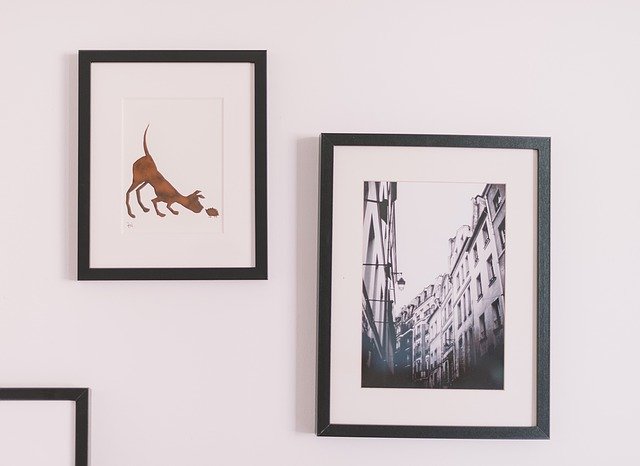 Develop, plan and carry out exhibitions
Develop, plan and carry out exhibitions
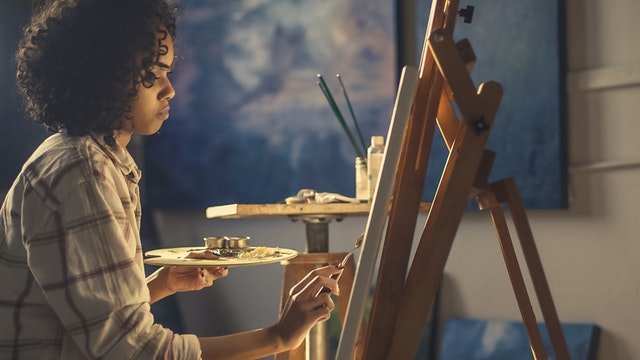


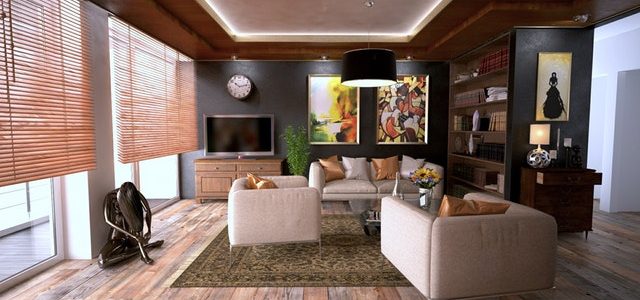
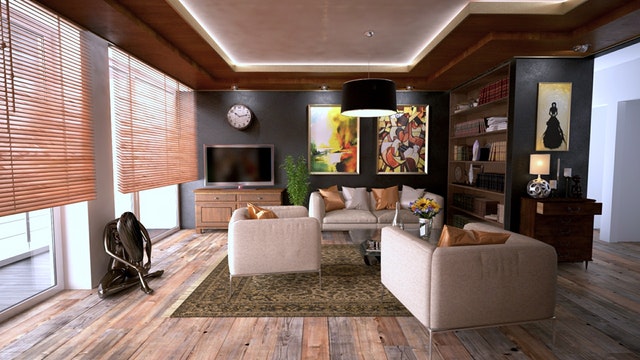



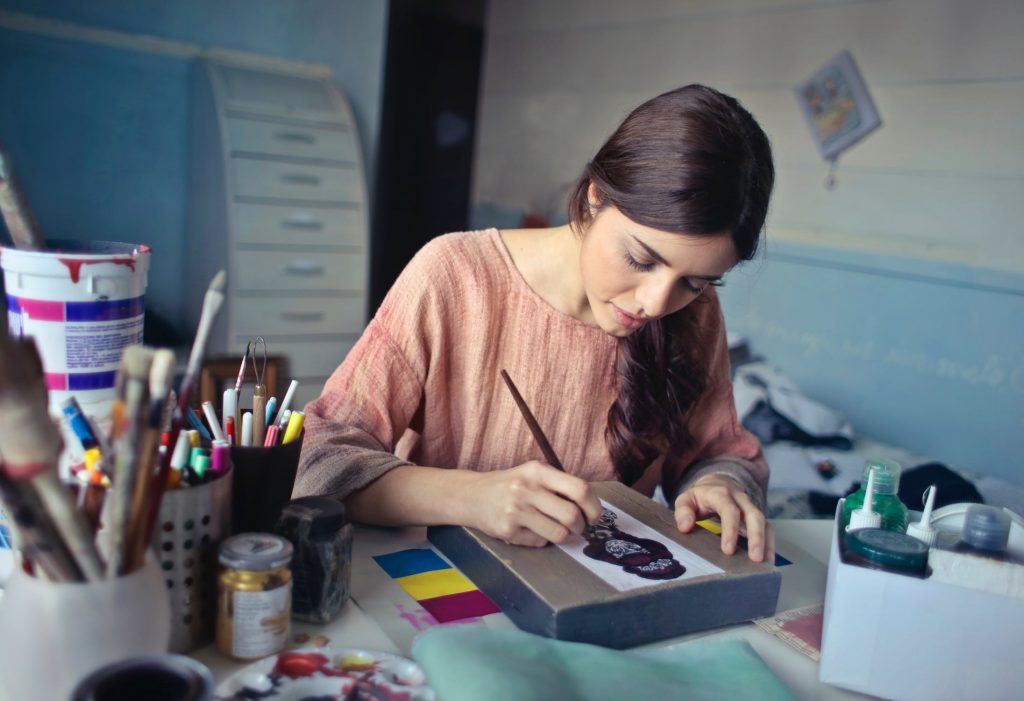


 The topic of the exhibition is the spread of the Romanesque in Sardinia. Already in the eleventh century, still in the judicial phase, the territorial possessions granted to the monks, mainly Benedictines, soon saw the construction of numerous religious complexes. All Sardinia was old churches that still impose themselves for their artistic value and create an essential chapter in Sardinian history. The monuments that can be admired are generally accessible and usable at least from the outside, but their dislocation and the vast distances between them do not always allow a complete itinerary of the visit. The exhibition offers a trace of the Romanic journey with a series of significant examples both for their cultural and religious value.
The topic of the exhibition is the spread of the Romanesque in Sardinia. Already in the eleventh century, still in the judicial phase, the territorial possessions granted to the monks, mainly Benedictines, soon saw the construction of numerous religious complexes. All Sardinia was old churches that still impose themselves for their artistic value and create an essential chapter in Sardinian history. The monuments that can be admired are generally accessible and usable at least from the outside, but their dislocation and the vast distances between them do not always allow a complete itinerary of the visit. The exhibition offers a trace of the Romanic journey with a series of significant examples both for their cultural and religious value.